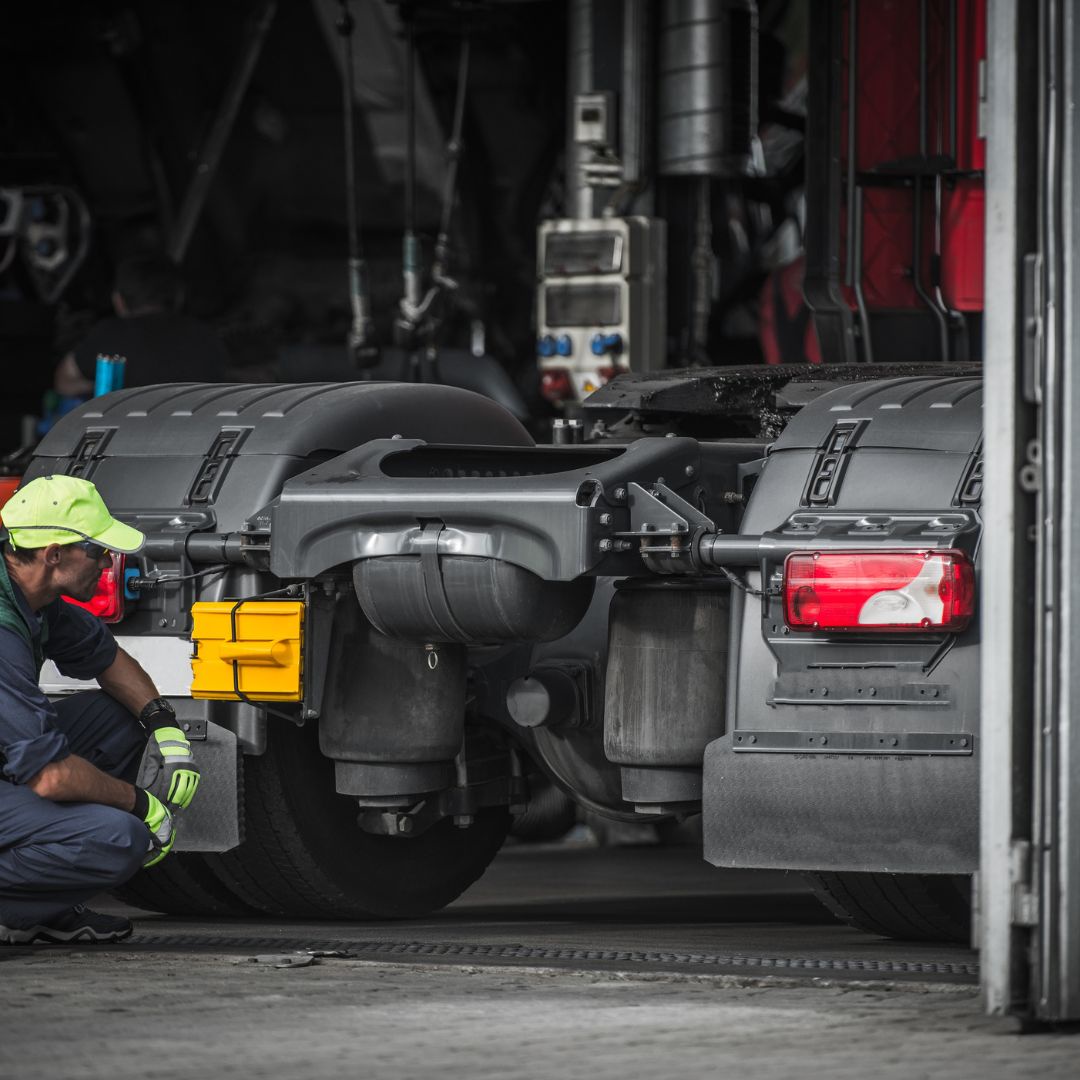Commercial Vehicle Inspection Program (CVIP) inspections play a crucial role in ensuring the safety and compliance of commercial vehicles on the roads. These inspections are designed to assess the mechanical fitness and roadworthiness of commercial vehicles, including trucks, buses, and trailers. If you own or operate commercial vehicles, understanding CVIP inspections is vital to maintain safety, prevent potential accidents, and comply with regulatory requirements. In this article, we will explore the key aspects of CVIP inspections and why they matter.
- Purpose of CVIP Inspections: CVIP inspections are performed to verify that commercial vehicles meet the required safety standards and are fit for operation. The primary objectives of CVIP inspections include:
a) Ensuring Vehicle Safety: CVIP inspections help identify potential mechanical issues or safety hazards that could compromise the safe operation of commercial vehicles.
b) Compliance with Regulations: CVIP inspections ensure that commercial vehicles comply with federal, state, and provincial regulations related to vehicle safety and maintenance.
c) Preventing Accidents: By identifying and addressing safety issues promptly, CVIP inspections contribute to preventing accidents caused by faulty equipment or mechanical failures.
- Inspection Components: During a CVIP inspection, qualified inspectors thoroughly examine various components of a commercial vehicle. These components may include, but are not limited to:
a) Braking System: Inspectors check the effectiveness of the braking system, including brake pads, drums, rotors, air brakes, hydraulic brakes, and their respective components.
b) Steering and Suspension: The steering system, suspension components, and related mechanisms are inspected to ensure proper functionality and structural integrity.
c) Tires and Wheels: Inspections focus on tire condition, tread depth, tire pressure, wheel alignment, and overall tire and wheel integrity.
d) Lights and Electrical Systems: All lights, including headlights, taillights, turn signals, and reflective devices, are inspected to ensure they are functioning correctly. Electrical systems, such as batteries and wiring, are also examined.
e) Exhaust and Emission Controls: Inspections assess the exhaust system, including emissions control devices, to ensure compliance with environmental regulations.
f) Chassis and Frame: The structural integrity of the vehicle's chassis and frame is examined to detect any signs of damage or weakness that could compromise safety.
-
Inspection Frequency and Requirements: CVIP inspection requirements and frequencies vary depending on the jurisdiction and vehicle type. In general, commercial vehicles must undergo CVIP inspections at regular intervals or when specific events occur, such as a change in ownership, a major repair, or after an accident. It is essential to consult local regulations and authorities to determine the specific requirements applicable to your region and vehicle type.
-
Importance of Regular Inspections: Regular CVIP inspections offer several benefits to commercial vehicle owners and operators, including:
a) Safety Assurance: By identifying potential mechanical issues early on, inspections help prevent accidents and ensure the safety of drivers, passengers, and other road users.
b) Compliance and Avoiding Penalties: Complying with CVIP inspection requirements helps avoid fines, penalties, and potential legal consequences associated with operating vehicles that do not meet safety standards.
c) Vehicle Longevity: Timely inspections and necessary maintenance help extend the lifespan of commercial vehicles, reducing the risk of costly breakdowns and repairs.
d) Reputation and Customer Trust: Consistently meeting safety and compliance standards enhances your reputation as a responsible and reliable commercial vehicle operator, attracting more customers and business opportunities.
Click the link to get full information!


No comments yet